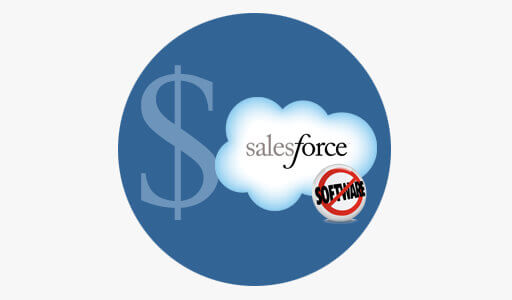Well… it depends.
It depends on your needs, the complexity of your business process, your data, the number of staff to be trained etc. We receive a number of inquiries every week for Salesforce and Google Apps implementations; many of them do not contain enough information for us to respond.
To expedite the process of finding your ideal technology partner and to receive an accurate proposal you should create a request for proposal (RFP). This comprehensive document should contain all of the project’s requirements. There is no standardized or absolute format for an RFP; however, it should be structured in a manner that best conveys all aspects of your project to potential vendors.
I would like to share a few tips with you that, from our experience, will help improve the response rates to your RFP:
1. Do your homework
You might never be able to debate the merits of Apex code (the programming language that executes on the Force.com platform) and that’s Okay. However, before you write the RFP, figure out what you want and what is possible; reach out to other nonprofits in your sector, consult with volunteers and board members, and read related publications.
2. Introduce your organization
Include a brief introduction of your organization’s mission, and detailed information about the programs/constituents/organizations you need to track and manage.
3. What is the nature of your project? What are your needs? What are the expected outcomes?
While you answer these questions in your RFP, make sure to also include the project goals, including your current pain points. Remember, each department might have different goals and pain points. For example: “Difficulties tracking programs’ graduates” or “Unable to track volunteer’s registration”.
Additionally, state where you want to be as a result of the project, for example: “Build and maintain long-term relationships with valuable donors by creating personalized experiences across all touch-points and by anticipating donor needs and providing customized offers.”
4. Yes, we need to know your budget
Always include your budget. You may be thinking that you should not disclose your budget because it does not leave a place for price negotiations, I disagree. A budget estimate would allow me, as a technology provider, to evaluate if we are a good fit. Furthermore, it will show me that you are serious about the project, aware of its complexity (you did your homework!), and that you have the budget to execute it. Here is what you should not do: don’t create your project’s budget based on the proposals you received.
5. You should have a timeline
“We would like to have this project done as soon as possible” – this is the second most common answer I receive when I ask a client “what is your timeline for the project?” The most common answer is “two years ago”. A lack of timeline indicates to us that the potential client did not do any preparation and/or that the organization does not have a budget approved for the implementation.
Your timeline should indicate at least the deadline for choosing the vendor, a date for the beginning of the discovery, and the date you would like to have the solution fully implemented.
6. Distinguish between need and want
Indicate what your most urgent needs are, what is important to have, and what would be nice to have in a world with no budgetary restrictions.
For example:
- Must to have: Know why key donations are lost
- Important: Accomplish administrative tasks more easily
- Nice to have: Capture donations from the website
7. Additional helpful information:
- Define key aspects of your processes and diagram the process flow.
- Identify some fields associated with your processes.
- Decide which reports you need.
- What database(s) do you currently use? How long have you been using it? How many records do you have? Is your data accurate? Is it clean?
- How many people will use the new system? How many are using it now? Will other people need access to information (board members, volunteers, students…)?
Ready? Contact us to schedule a time to talk about your needs.





